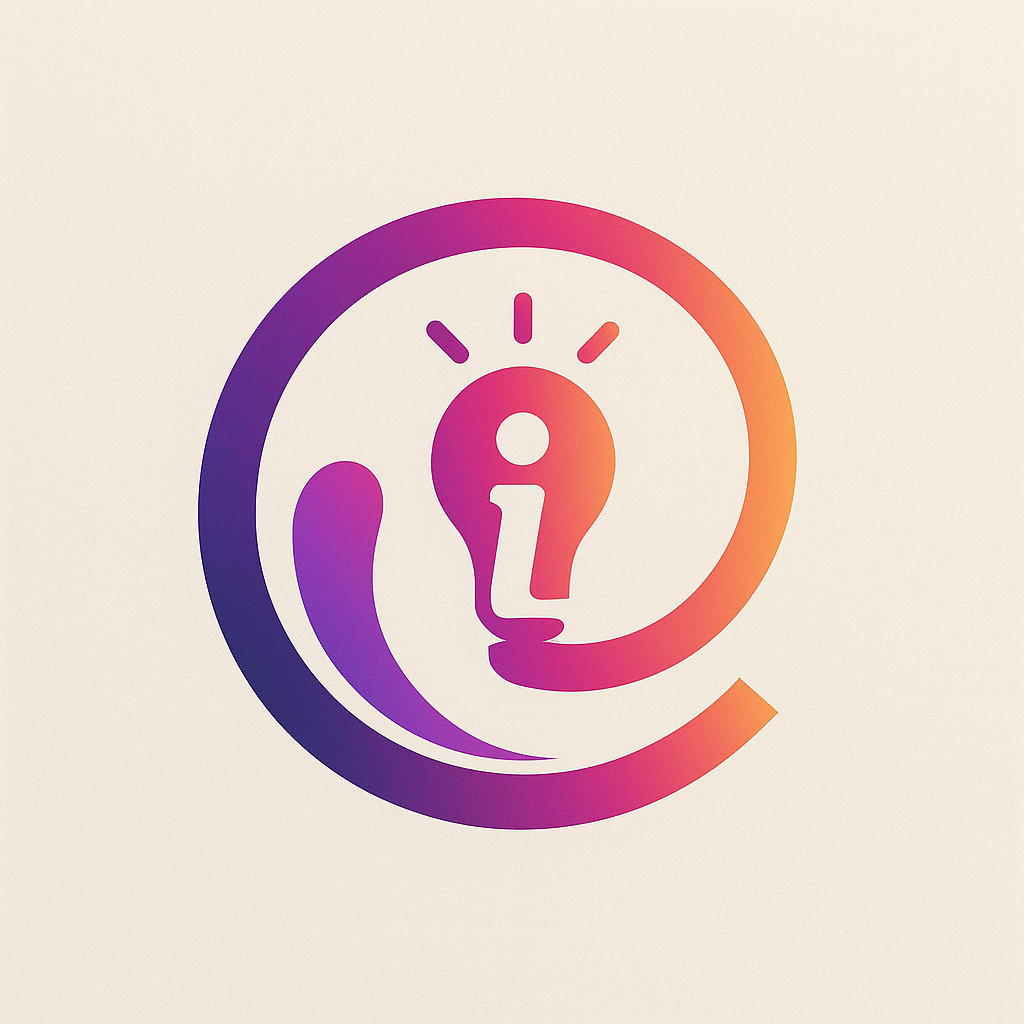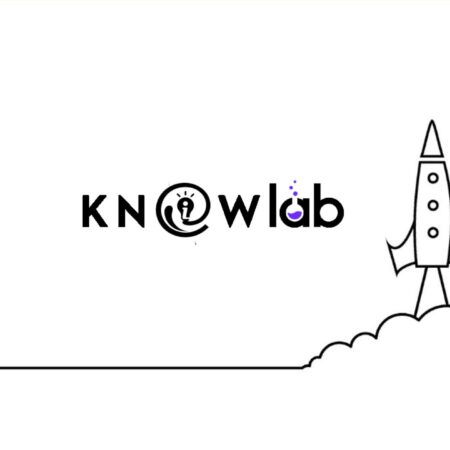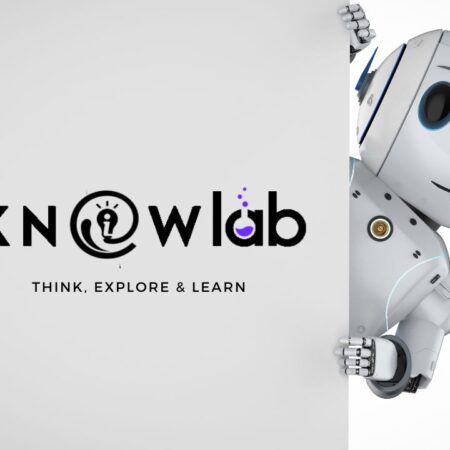
Digital marketing is quickly becoming an essential part of any successful business strategy. It allows companies to reach out and engage with customers in a way that has never been possible before, and as technology advances, so too does the potential for more effective digital marketing strategies. In 2023, we can expect to see continued growth in AI-based optimization, social media automation, content personalization, shoppable content and augmented reality all being used for digital marketing initiatives. These trends will help businesses stay competitive in a rapidly changing market by providing them with more targeted campaigns that are tailored specifically to their customer’s needs and interests. By understanding these emerging trends now and leveraging them effectively when they become available businesses can ensure they remain ahead of the curve rather than falling behind their competitors.
1. AI-based Optimization
AI-based optimization is quickly becoming an essential part of any digital marketing strategy. AI-based technologies can help to optimize campaigns and strategies by providing a more comprehensive understanding of customer behaviors, interests, and preferences. This data can then be used to create more targeted campaigns that are tailored specifically to each individual customer’s needs and interests. By leveraging AI-based optimization, businesses will be able to deliver better outcomes with their digital marketing initiatives while also reducing costs associated with manual segmentation processes.
AI-based customer segmentation is another powerful way in which AI technology is being used for digital marketing purposes. By using machine learning algorithms, businesses can identify the customers they should target based on various criteria such as demographics, location, buying behavior or other factors that may influence their decision making process when it comes to purchasing products or services. With this data at hand businesses can tailor their campaigns accordingly and ensure they reach out only those customers who are likely interested in what they have to offer resulting in higher conversion rates from these efforts.
Finally, AI technologies can also be used for predictive analytics which allows companies to anticipate future trends before they happen so that organizations can remain ahead of the curve instead of reacting after the fact when it’s too late. Predictive analytics helps marketers understand their current market environment as well as potential upcoming changes so that adjustments in tactics or strategies could be made before competitors even realize something has changed giving them a competitive edge in the market place
2. Social Media Automation
Social media automation is quickly becoming an indispensable tool for businesses looking to maximize their presence on social media platforms. Automated campaigns allow organizations to more effectively engage with their audience and build relationships that can result in increased customer loyalty and higher sales. By leveraging automated tools, companies are able to create content more efficiently, monitor conversations and respond quicker than ever before.
The rise of automated social media campaigns has made it easier than ever for businesses of all sizes to effectively manage their online presence and reach new audiences. Automation tools such as Hootsuite, Buffer or Sprout Social make it easy for marketers to schedule posts ahead of time, track performance metrics or analyze user sentiment across multiple channels at once making sure they get the most out of every post they put out there. Additionally, these tools often come with features like link shortening services which help optimize your posts’ visibility on various platforms while also providing valuable insights into how users interact with them so you know exactly what works best when engaging different audiences.
Finally, the use of automated chatbots is another powerful way in which businesses can leverage technology when managing their digital marketing efforts. Chatbots are computer programs that simulate human-computer interaction allowing customers to ask questions about products or services without having to talk directly with a person from the company’s support team thus freeing up resources from those departments who could then focus on other tasks instead.
3. Content Personalization
Content personalization is one of the most powerful digital marketing strategies available to businesses in
By leveraging personalized content, organizations can create campaigns that are tailored specifically for their customers and ensure they are delivering relevant messages to the right people at the right time. Content personalization allows companies to provide more targeted marketing efforts which can lead to higher conversion rates and better customer engagement overall.
One of the technologies that enable content personalization is AI-based algorithms. These algorithms allow companies to analyze customer data such as demographics, interests, past purchases or other factors so that they can deliver more relevant messages accordingly. This data can then be used to craft compelling headlines and copy tailored just for each individual user providing a level of customization never seen before. Additionally, machine learning algorithms can also be used in conjunction with these AI-based tools allowing marketers to adjust their campaigns on an ongoing basis according to how customers interact with them over time thus ensuring maximum effectiveness in reaching desired outcomes from their efforts.
Another technology being used for content personalization is natural language processing (NLP). NLP involves analyzing text or speech inputs from users and then providing useful insights into what they mean by breaking down words into smaller components called “tokens” which have specific meanings associated with them based on context clues within a sentence or conversation thread as a whole. With this data at hand businesses are able to understand exactly what it is their customers really want when engaging with them online making sure every interaction has value added no matter who it’s directed towards resulting in increased customer satisfaction overall.
4. Shoppable Content
Shoppable content is quickly becoming an essential part of any digital marketing strategy in
By leveraging shoppable content, companies can make it easier than ever for customers to purchase their products or services directly through their website or social media platforms. This has the potential to increase sales significantly as customers no longer have to leave the comfort of their own home or office in order to buy something they want or need.
One way businesses can create effective shoppable content is by using visuals such as images, videos and graphics that direct users towards product pages where they can then complete a purchase transaction without leaving the page they are currently on. Additionally, creating simple but effective calls-to-action will help guide users along this journey so that there is minimal friction when it comes time for them to decide if what you’re offering is worth buying into.
It’s also important for businesses to think about how shoppers may be interacting with your platform when designing your shoppable content too. For example, making sure links are easily clickable and that payment methods are secure and easy-to-use will go a long way towards providing a great customer experience which could result in repeat purchases from those same people down the road once again increasing your overall sales numbers significantly.
Finally, businesses should also consider utilizing augmented reality (AR) technology as part of their shoppable content initiatives too whenever possible. AR allows customers to interact with 3D objects within virtual environments making shopping experiences more immersive and engaging than ever before while also providing valuable insights into how people view products which can give marketers even greater insight into what resonates best with different consumer groups allowing them to adjust strategies accordingly resulting in higher conversion rates over time.
5. Augmented Reality
Augmented reality (AR) is quickly becoming an invaluable tool for businesses looking to reach new audiences and increase sales. By leveraging AR, companies can create immersive experiences that engage customers like never before allowing them to interact with 3D objects in virtual environments which could result in higher conversion rates from these efforts.
One way businesses can leverage AR technology is through product visualizations. With this type of AR experience, customers are able to view products as if they were holding them in their hands giving a realistic representation of what the item would look like when used or worn making it easier for shoppers to visualize themselves owning the product thus increasing the chances of them purchasing it. Additionally, creating interactive experiences such as gaming-like activities or quizzes where users have to complete certain tasks within virtual environments can also be effective at engaging consumers while providing valuable insights into how they responded which marketers can then use to further tailor their campaigns accordingly resulting in better performance overall.
Another important tool when utilizing augmented reality marketing strategies is tracking analytics. With tracking analytics, organizations are able to monitor user interactions within virtual spaces and learn more about customer behavior such as how long people spend interacting with products or services or where exactly did they drop off during a particular part of the journey so that adjustments could be made accordingly ensuring maximum effectiveness from campaigns moving forward.
Finally, leveraging AI technologies along with augmented reality tools can help greatly improve shopper’s experiences even further by allowing businesses to personalize content based on individual needs and preferences making sure every interaction has value added no matter who it’s directed towards resulting in even greater conversions over time.. By combining these two powerful technologies together companies are able to craft unique shopping experiences tailored just for each person providing an unprecedented level of customization never seen before leading directly towards increased levels of customer loyalty and satisfaction down the line
Conclusion
In conclusion, the digital marketing landscape of 2023 will be characterized by a plethora of new trends and technologies that businesses should keep an eye on in order to stay competitive. Content personalization, AI-based algorithms, natural language processing (NLP) and shoppable content are just some examples of how technology is being used to create more effective campaigns that reach customers in ways never seen before while augmented reality (AR) can help increase engagement levels significantly allowing companies to deliver highly personalized experiences tailored just for each individual consumer leading directly towards higher conversion rates overall.
It’s important for organizations to test out different strategies and embrace innovation whenever possible in order stay ahead of their competition. By staying up-to-date with the latest developments they can ensure their campaigns are always relevant and engaging thus helping them remain successful into the future as well. With so many opportunities available it’s clear that now is the time for businesses to take advantage of these powerful trends and utilize them properly if they want to maximize their chances of success moving forward into 2023 and beyond.
Reach out to us and follow us Alt4.in




